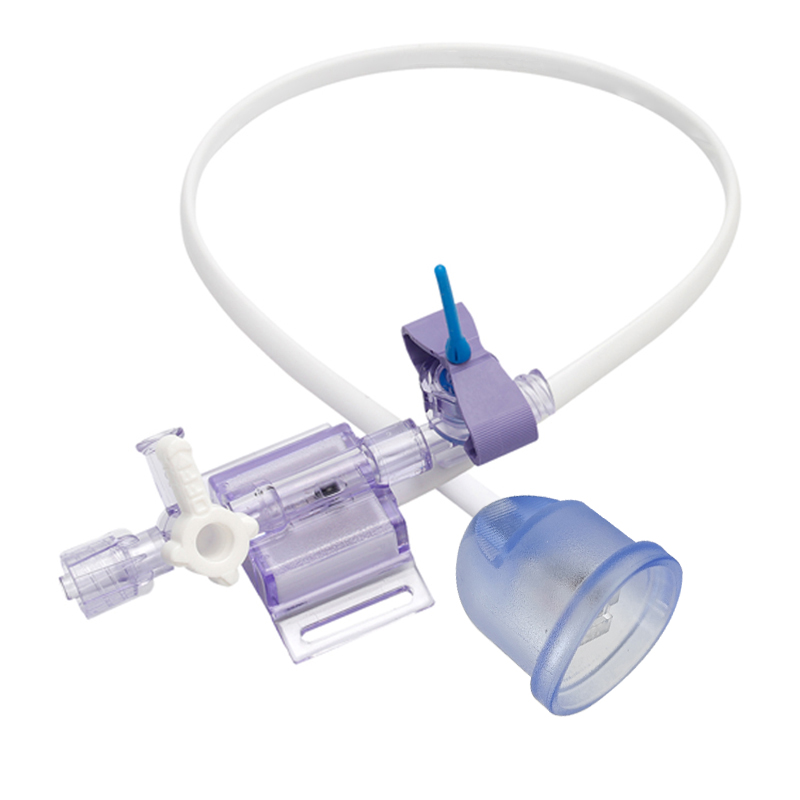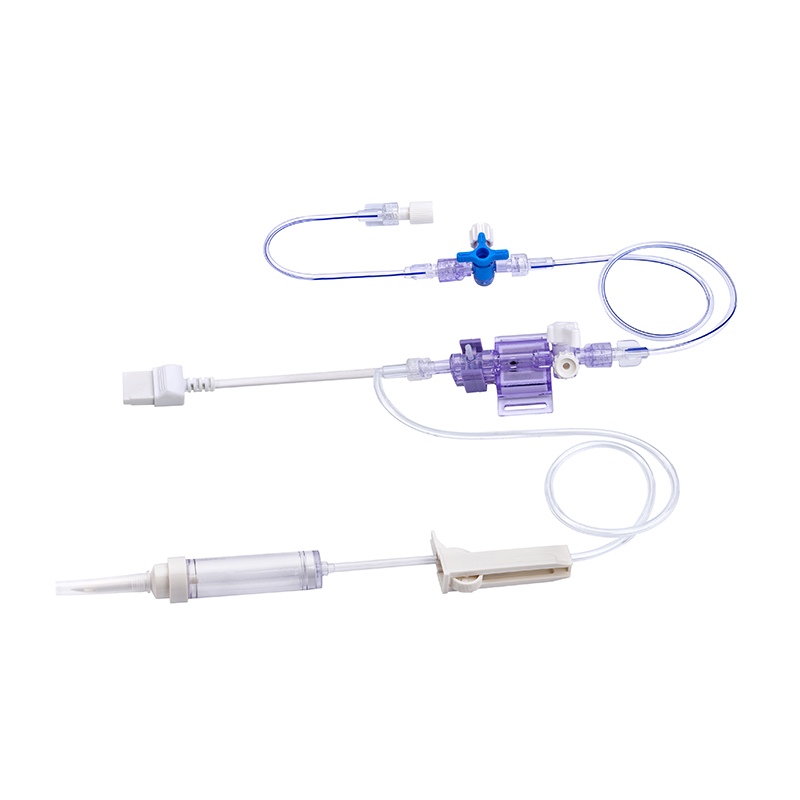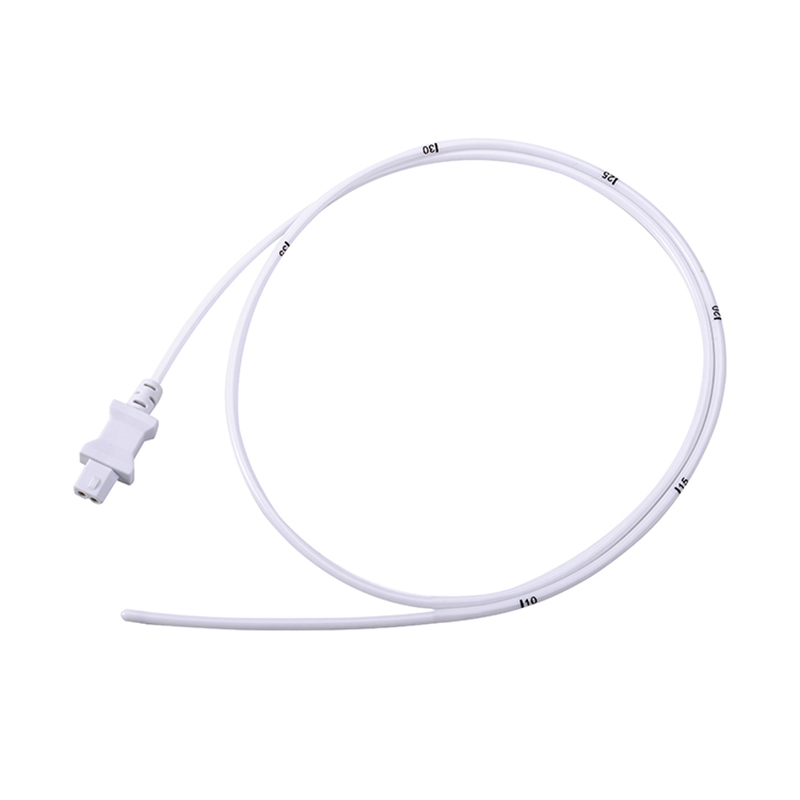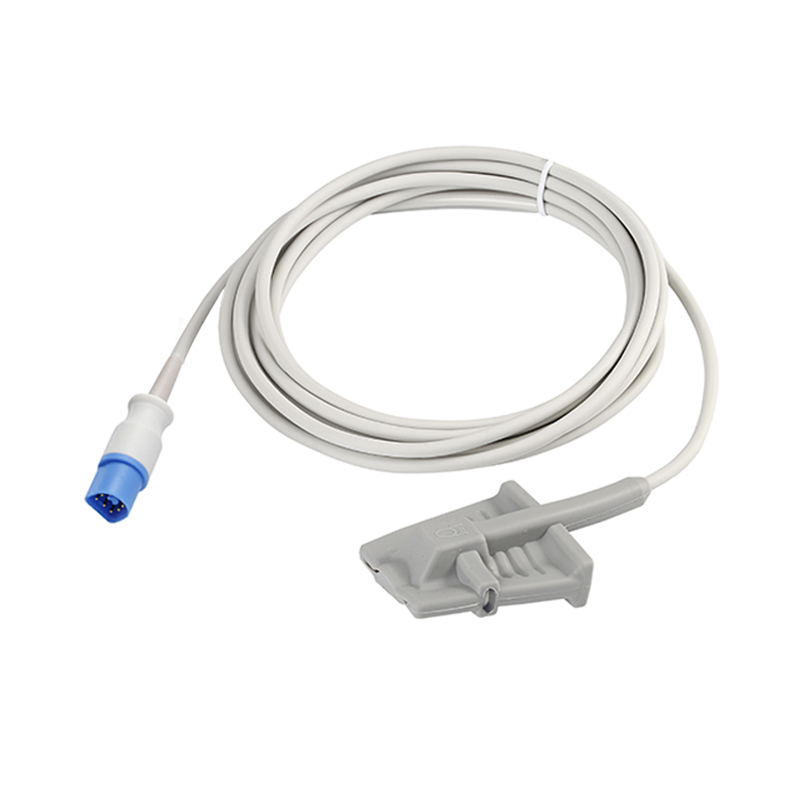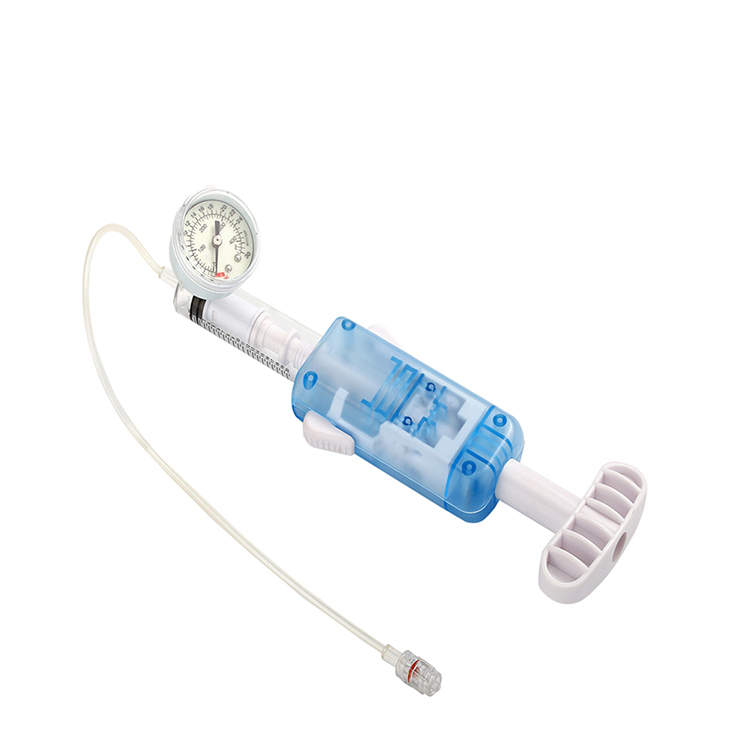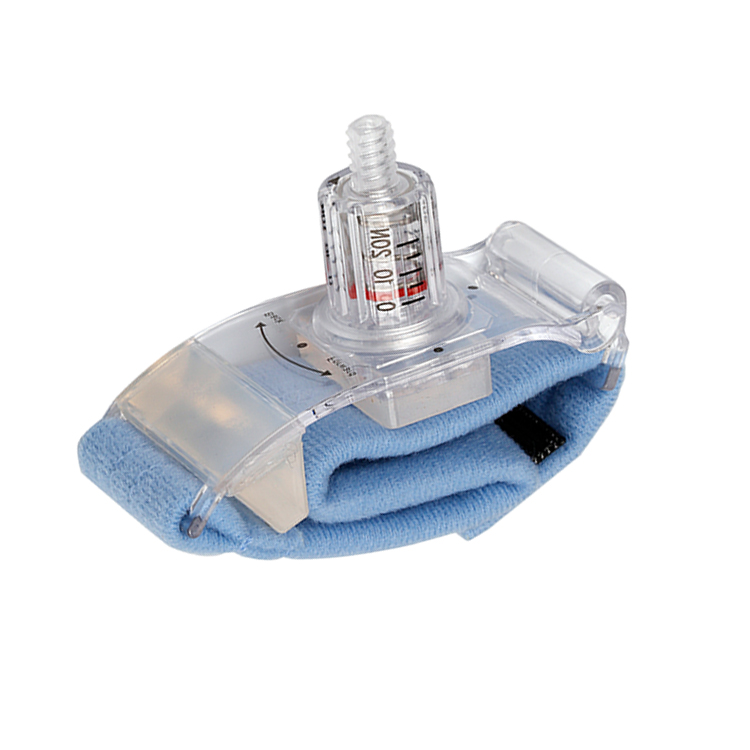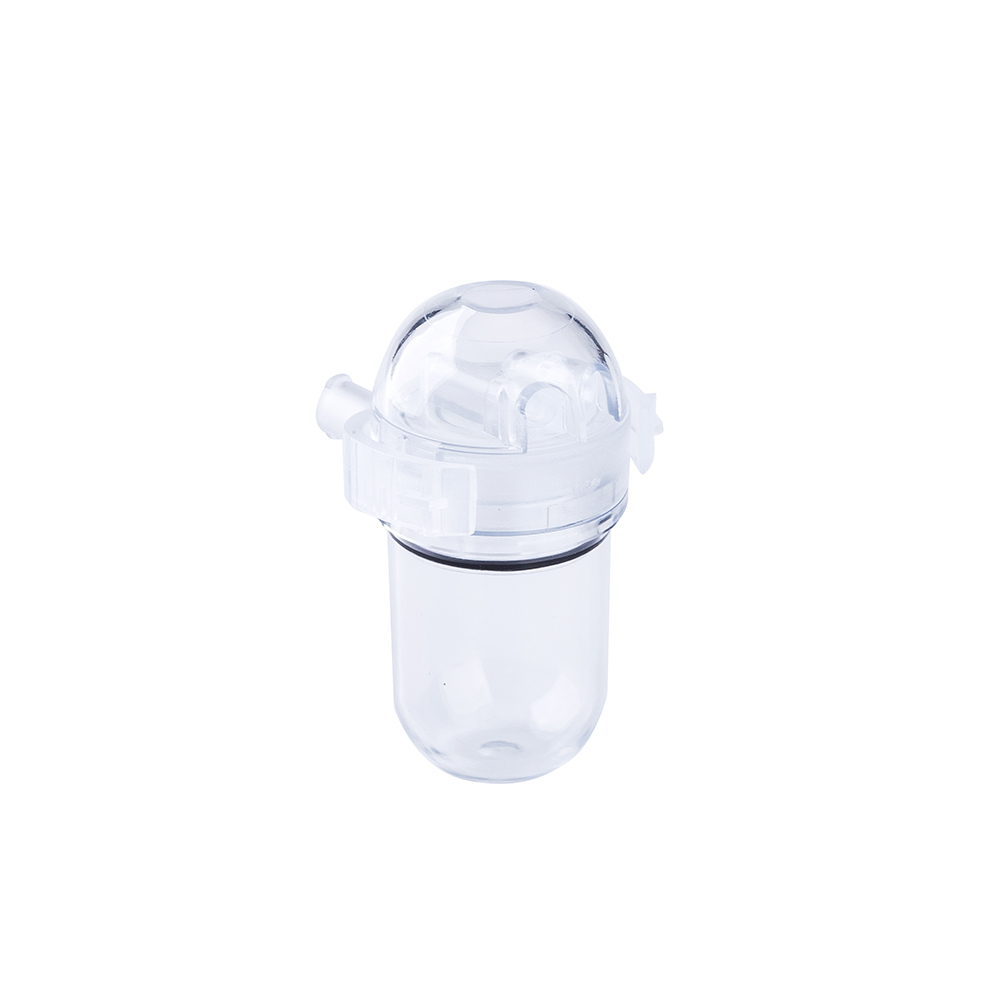Philips compatible reusable temperature probes
PRODUCT INTRODUCTION
JCR Medical, as the distributor of TE's sensor, the world's top sensor and connection solution provider, introduces a series of medical temperature sensors based on TE's excellent high-precision and high-stability temperature resistors. The temperature sensor includes the reusable temperature probe for adult body cavity, reusable temperature probe for child body cavity and reusable temperature probe for body surface (skin). It is widely used in anesthesiology, ICU and other departments to escort the health and life of patients.



Applications and Uses
Medical staff usually choose appropriate body temperature monitoring according to the type of operation. Generally use body cavity temperature probes, such as oral temperature probes, rectal temperature probes, nasal cavity temperature probes, esophageal temperature probes, ear canal temperature probes, catheter temperature probes, etc. The corresponding measurement locations include esophagus, tympanic membrane, rectum, bladder, etc. Mouth, nasopharynx, etc.
Body cavity temperature probes are often used in medical settings, such as hospitals or clinics, for critically ill patients, surgical patients or infants, where accurate measurement of core body temperature is required. They are also used in research environments for scientific research. On the one hand, surface temperature probes are often used in non-medical settings, such as homes or workplaces, for general temperature measurement. They are also commonly used in fever thermometers or forehead thermometers for quick, non-invasive temperature readings. Comfort and Safety: Body cavity temperature probes need to be properly inserted into the body cavity, which can be uncomfortable for the patient. However, once inserted, they are usually held firmly in place. Surface temperature probes, on the other hand, are non-invasive and pose no discomfort or risk to the patient.
Body cavity temperature probes provide accurate and precise measurements of core body temperature but require insertion into a body cavity, while surface temperature probes provide noninvasive measurements of skin temperature but may be less accurate for core body temperature readings. The choice between the two depends on the specific application and the level of accuracy required.

